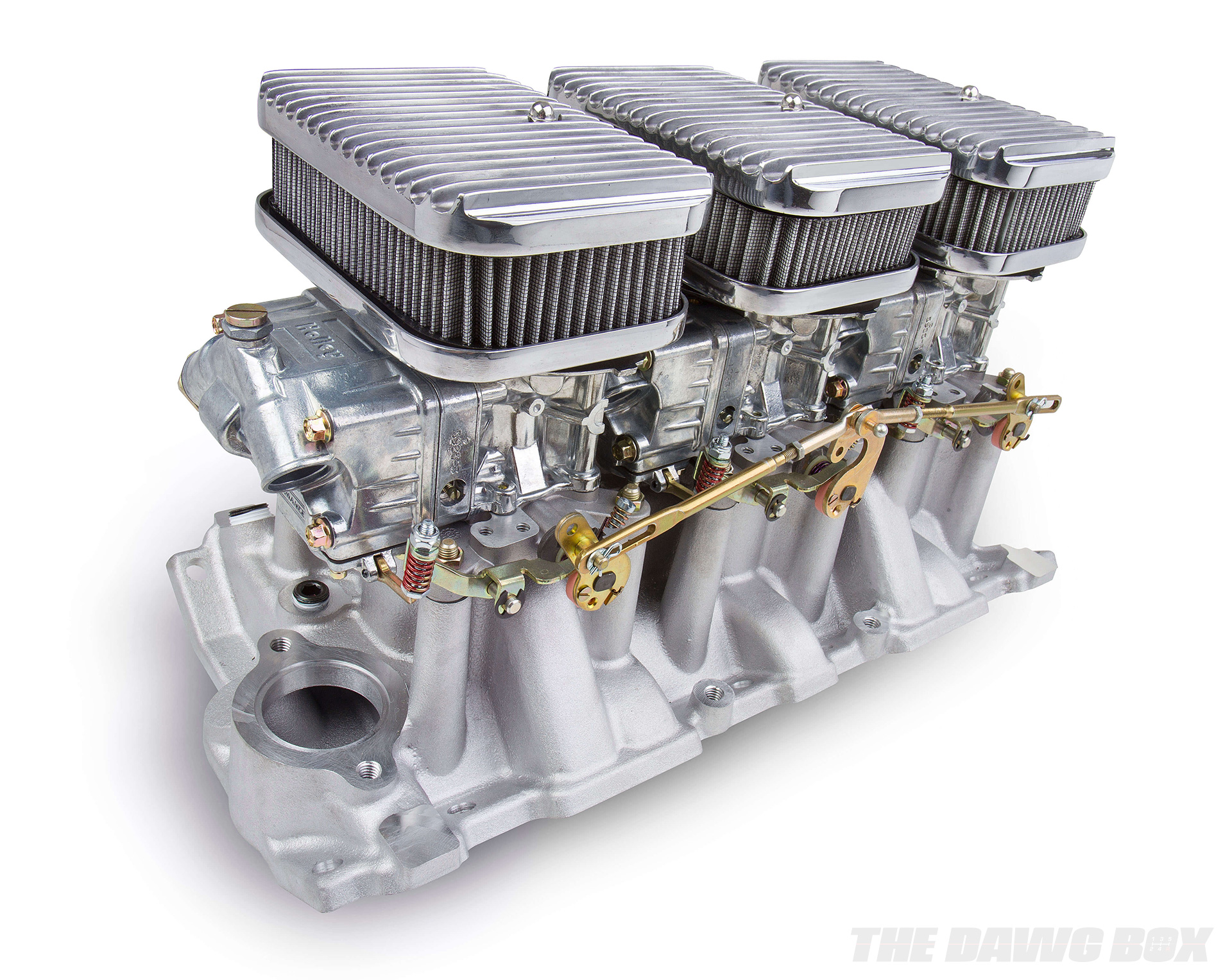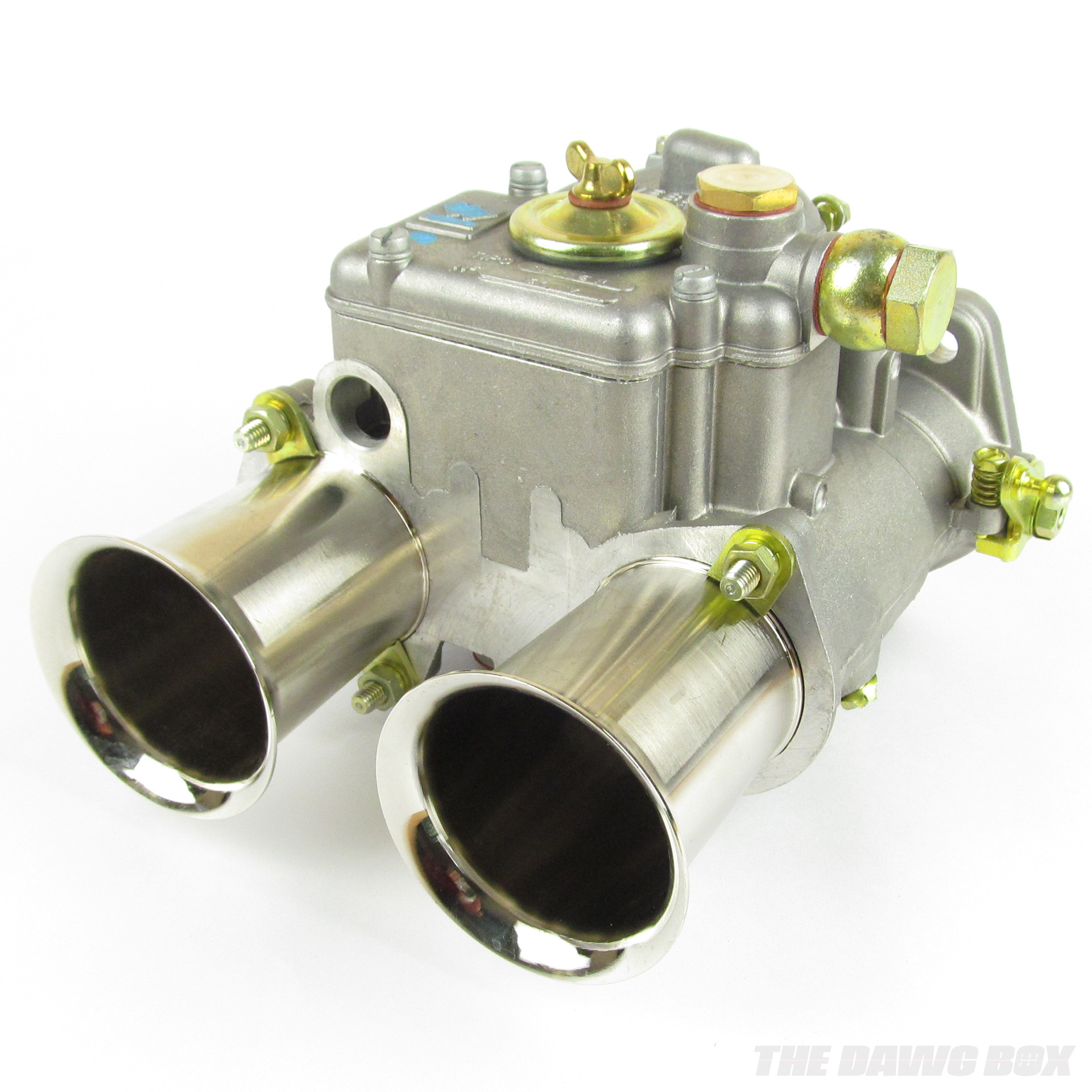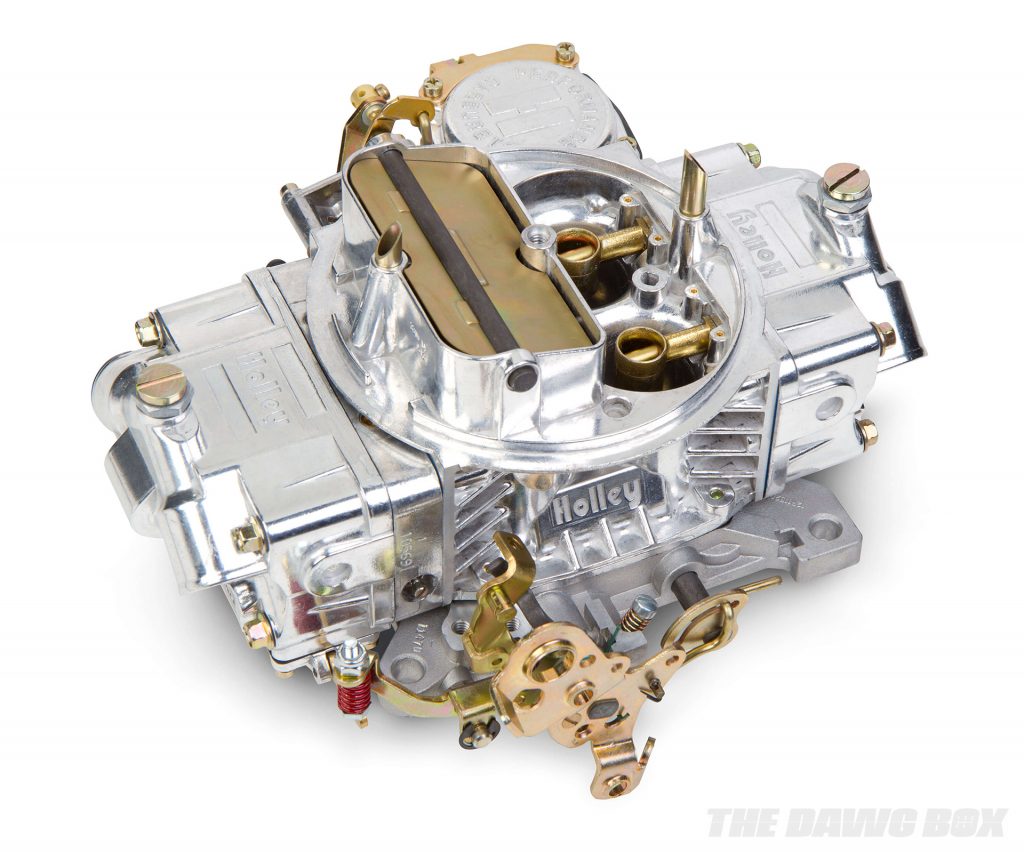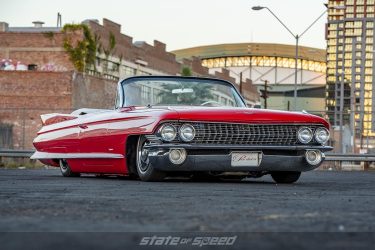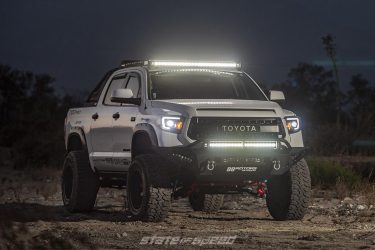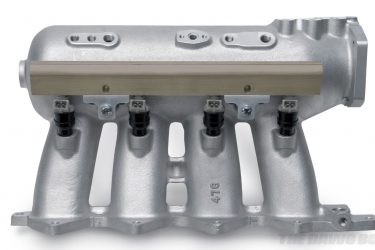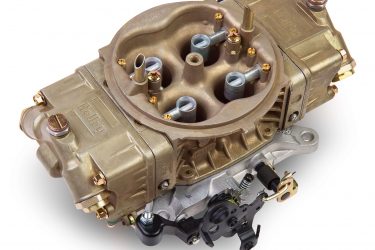Carburetor Terms You Should Know
The appeal of a carburetor to a gearhead is that all the necessary tuning can be done with a selection of simple parts and a few hand tools – no laptop (and no electricity, period!) is required to make adjustments. Racers will typically take careful notes of how an engine performed under specific air temperature, barometric pressure, and humidity conditions with certain carburetor settings and parts in order to make it easier to reproduce the correct tune in the future and predict how changes will affect engine power and responsiveness.
While carburetors have been around for more than a century, they still have a prominent place in high-performance engine tuning and will be around for many years to come in both racing applications and under the hood of classic cars from around the globe.
Carburetor Glossery
- Choke: A movable device at the inlet of a carburetor that is designed to restrict airflow and richen the air/fuel mixture for better engine operation while cold. Many racing carburetors have no choke, as it can cause a restriction to airflow even when deactivated. Engines equipped with chokeless carbs are harder to start and require constant attention to the throttle to keep them running until they reach operating temperature
- Side-Draft/Down-Draft: Depending on the layout of the intake manifold, carburetors may be designed to flow air and fuel horizontally (side-draft) or vertically (down-draft). Side-draft carburetors are common on classic Japanese and European cars, while American V8 cars are typically down-draft.
- 2-Barrel/4-Barrel: Muscle car carburetors will often be referred to by the number of “barrels” or venturi intakes the carburetor has. Often abbreviated as “2/4bbl” or “2v/4v”, 2-barrel carburetors were most often found in lower-performance applications, while high horsepower engines featured 4-barrel carburetors, or even multiple 2- and 4-barrel carbs.
- Vacuum/Mechanical Secondary: In a 4-barrel carburetor, the engine normally draws air from only two of the four venturis. This allows more precise fuel metering than if all four were in operation at all times. In a vacuum secondary carb, the main throttle blades are controlled directly by a mechanical connection to the accelerator pedal, but the secondary blades on the other two barrels only open in response to a vacuum signal from the manifold that indicates the driver is at wide open throttle. A carb with mechanical secondaries has a mechanical linkage that progressively opens the second pair of throttle butterflies in response to the position of the accelerator pedal. Vacuum secondary carbs are considered more “streetable” and deliver better fuel economy than race-oriented mechanical secondary carbs.
This Holley “Tri-Power” intake setup combines three two-barrel carburetors on a single V8 intake manifold for a cool vintage look and high performance to match.
Many classic Japanese and European cars with inline 4 and 6 cylinder engines used the classic Weber DCOE side-draft carburetor. The side-draft design allows a very low hood line because the intake manifold and carburetors (often one per pair of cylinders in performance applications) don’t extend above the top of the engine.
While you won’t need a laptop to tune a carburetor, you will need an assortment of different components like metering jets, power valves, accelerator pump squirters and cams, and other small parts.
This Holley street carb has both a choke (the rectangular gold plate) for easier cold starts and vacuum secondary throttle blades (controlled by the round, silver vacuum diaphragm mechanism at the top.)


